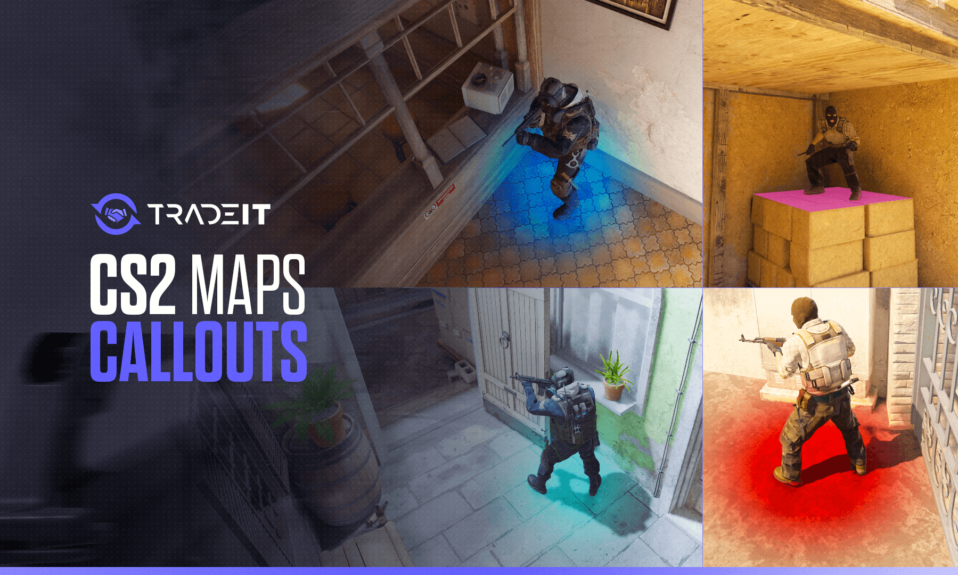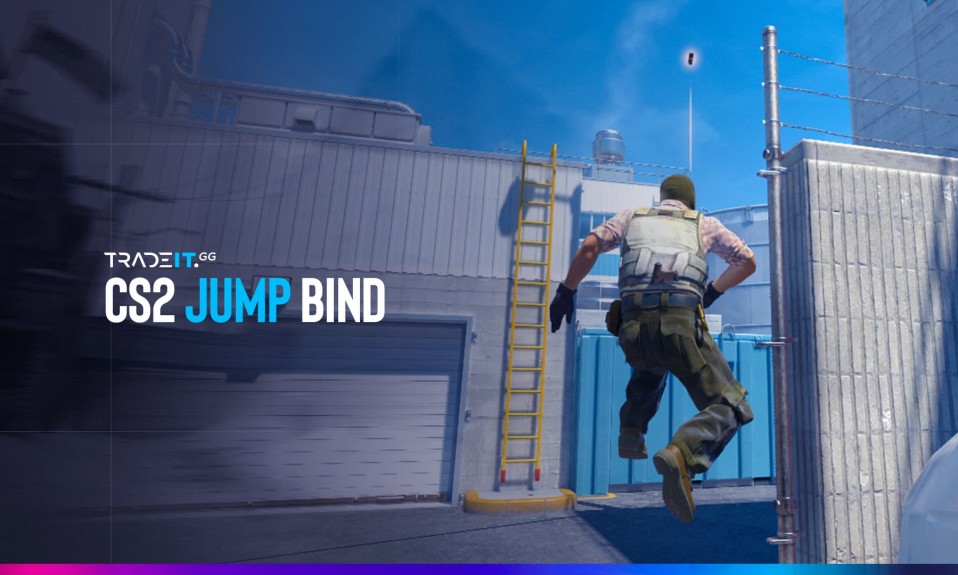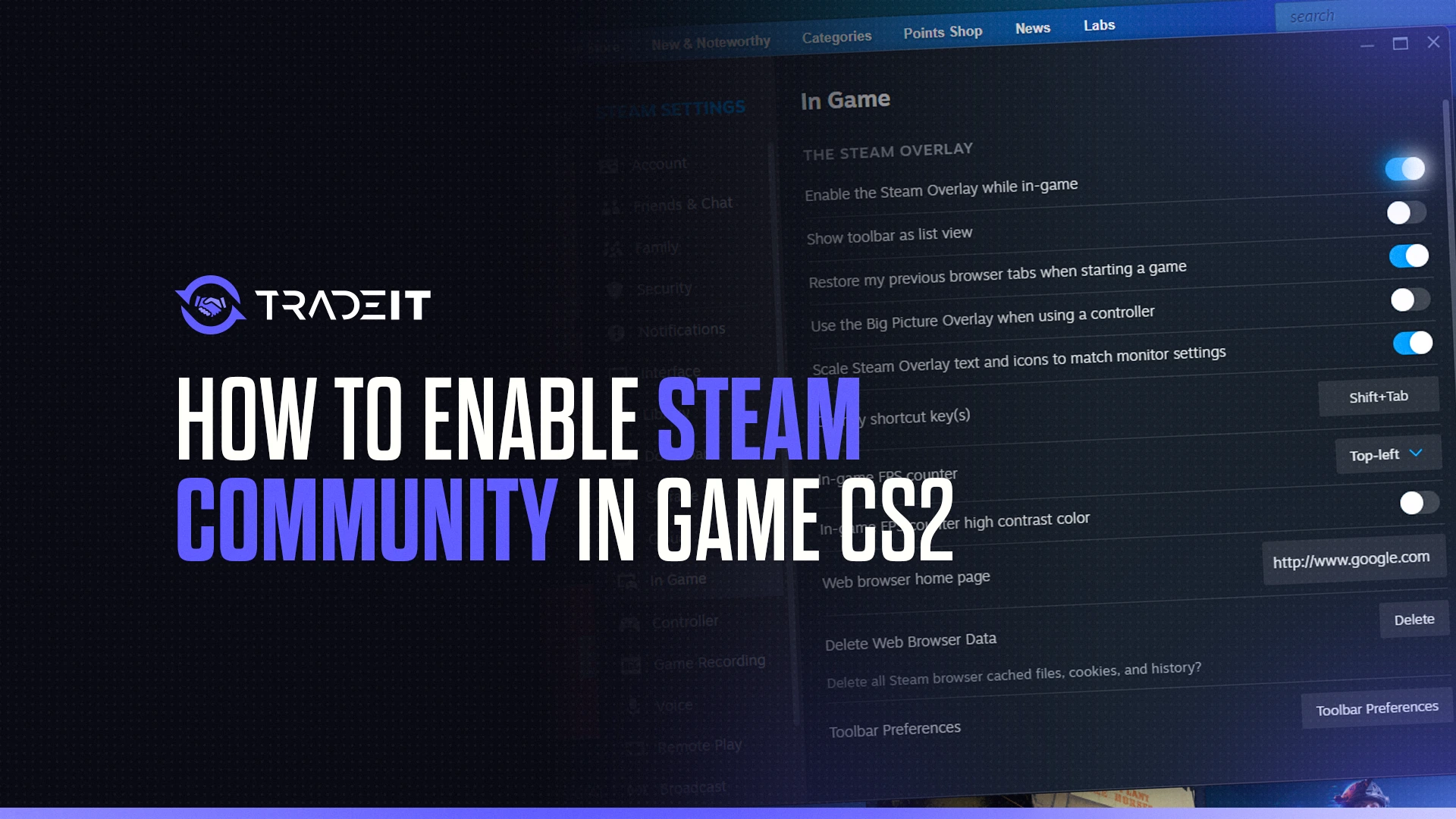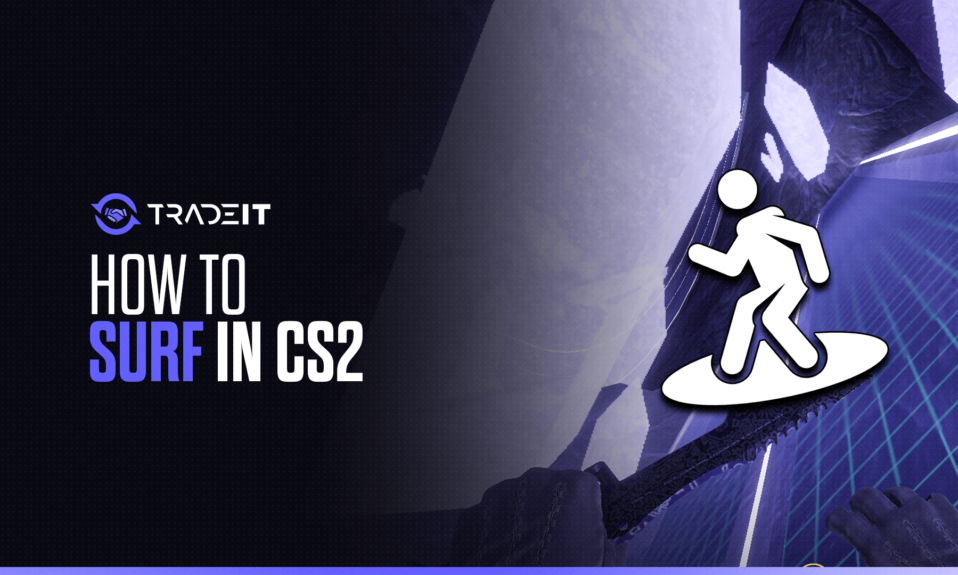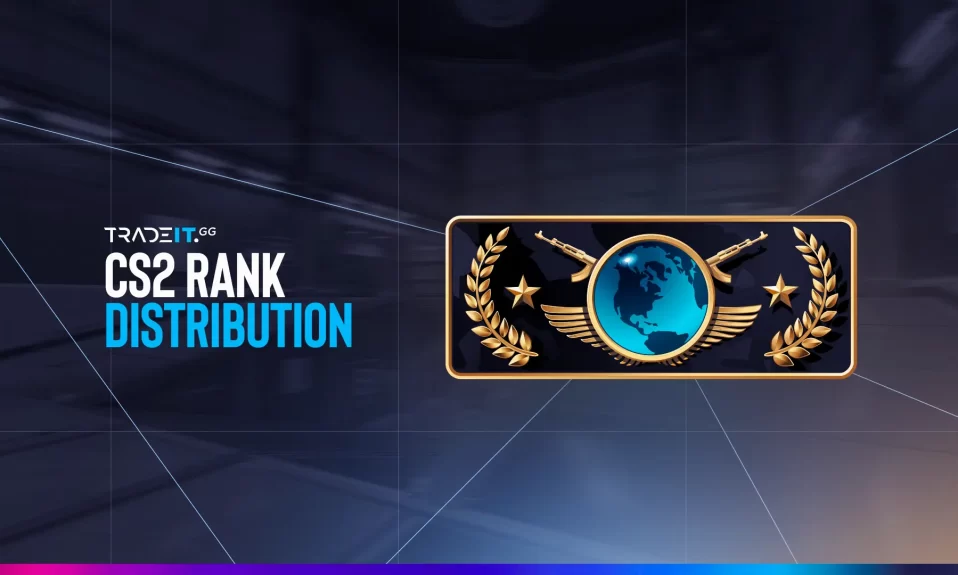
I burned through three mice, a dozen caffeine cans, and way too many Mirage eco‑rounds to piece this monster together. Strap in; we’re mapping every nook of the 2025 CS2 ladder so you know exactly where you (and I) stack up.
Overview of CS2 Ranking Systems
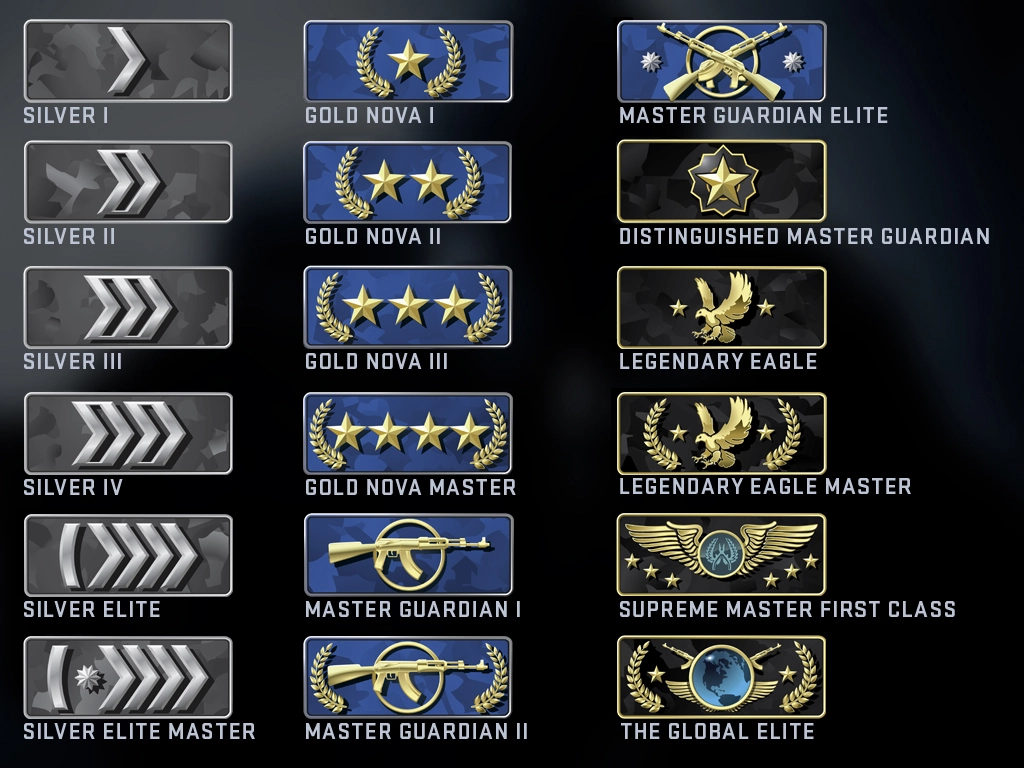
Valve split CS2’s ranked ecosystem into two modes:
- Premier: Uses a numerical CS Rating system, like ELO, from 0 to 30,000+. It reflects global skill.
- Competitive: Retains map-specific legacy ranks (Silver I to Global Elite), but each map has its own wingman rank.
These systems serve different purposes—but both are struggling in practice.
CS2 Premier Rank Distribution (2025)
Premier mode is designed to be CS2’s main competitive ladder. It features a color-coded, numerical CS Rating system that aims to centralize matchmaking under a global ELO-style format.
Premier CS Rating Tiers
| Rating Range | Tier Name | Player Share |
|---|---|---|
| 0–4,999 | Grey | ~18% |
| 5,000–9,999 | Light Blue | ~35% |
| 10,000–14,999 | Blue | ~28% |
| 15,000–19,999 | Purple | ~6% |
| 20,000–24,999 | Pink | ~0.6% |
| 25,000–29,999 | Red | ~0.1% |
| 30,000+ | Gold | <0.01% |
Premier Rank Analysis
- Bell Curve Distribution: Most players fall between 5,000 and 15,000 CS Rating, forming a relatively standard bell curve.
- High Rank Scarcity: Fewer than 1% of players reach 20,000+. Getting above 25,000 puts you in the top 0.1%, statistically—but that figure is misleading.
- Legitimacy Issues: Reports of rampant cheating above 20k have cast serious doubt on the integrity of Premier leaderboards. Some analysts suggest discounting high-tier player counts by up to 50% to account for illegitimate users.
- Volatile Progression: Valve’s updates regularly shift win/loss point values. Gains and losses have been tweaked mid-season, leading to sudden rating inflation or deflation.
CS2 Premier is transparent in theory, chaotic in practice. The ladder is climbable—until it isn’t.
CS2 Competitive Rank Distribution
CS2’s Competitive mode preserves the traditional 18-rank structure from CS:GO. The key difference? Each map has its own independent rank, and the system has been heavily recalibrated in recent patches.
Competitive Calibration Update
Valve reduced the map-specific calibration requirement from 10 wins to just 2 wins. This single change caused a dramatic shift in player distribution.
| Rank Tier | Before June 26 | After June 26 |
|---|---|---|
| Silver (S1–SEM) | 89.9% | 50.6% |
| Gold Nova (GN1–GNM) | 9.4% | 47.0% |
| Master Guardian+ | 0.7% | 2.4% |
| Elite (LE–GE) | ~0% | Still ~0% |
Competitive Rank Analysis
- Severe Rank Compression: Despite the patch, over 97% of players are still stuck below Master Guardian.
- Elite Ranks Are Absent: Ranks like Legendary Eagle, Supreme Master First Class, and Global Elite are effectively nonexistent in public data. Even on popular maps like Mirage and Dust2, these ranks appear in fractions of a percent.
- Progression Breakdown: Climbing beyond Gold Nova is rare. For most players, progression halts entirely by GNM or MG1, regardless of win rate or performance.
- Per-Map Fragmentation: Because ranks are tied to individual maps, players often have drastically different ranks across the pool. A player could be Gold Nova on Mirage and still unranked or stuck in Silver on Overpass.
What was once a beloved matchmaking system now feels fundamentally broken—too slow, too punishing, and too disconnected from performance.
Premier vs Competitive: System Comparison
| Feature | Premier (CS Rating) | Competitive (Legacy Ranks) |
|---|---|---|
| Format | Global numerical rating (0–30k+) | Per-map rank using 18 traditional ranks |
| Progression Speed | Fast, volatile | Slow, map-locked |
| Visibility | Public leaderboards | Per-map stats only |
| High Rank Accessibility | Rare but achievable (with effort) | Practically impossible |
| Cheating Concerns | High at 20k+ | Low visibility, low reward = fewer issues |
| Seasonal Structure | Active resets | No clear seasonal cycle |
Regional Differences in CS2 Rank Distribution
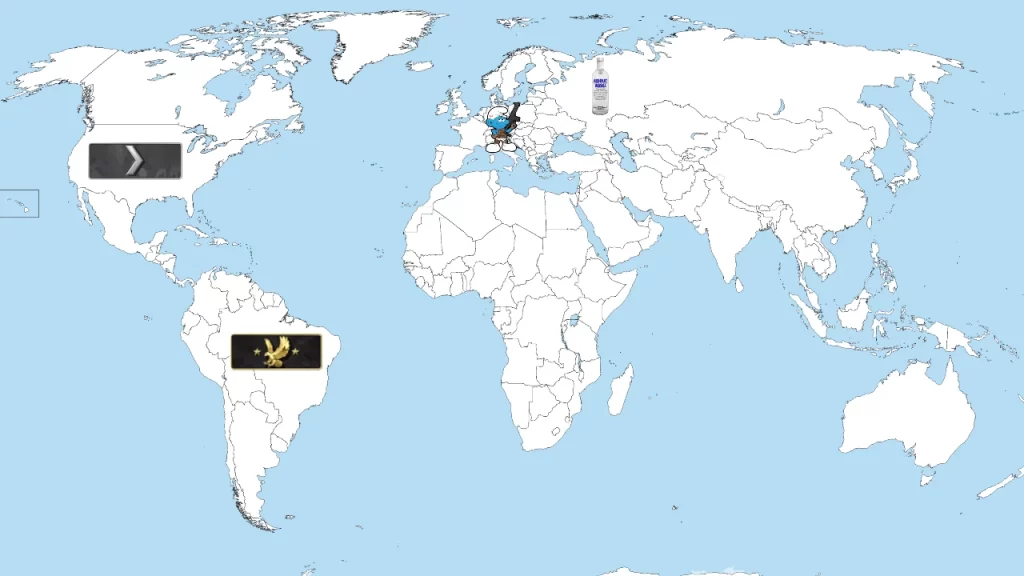
Player experiences differ widely depending on location:
- North America and Oceania: Over 50% of players are stuck in Silver. Low matchmaking liquidity, smurfing, and fewer high-skill lobbies are contributing factors.
- Europe: A stronger player base and better matchmaking liquidity lead to more evenly distributed ranks—though even here, higher ranks remain scarce in Competitive.
- Prime Status Impact: Players with Prime Status see improved match quality and fewer cheaters in both Premier and Competitive modes. However, it does not resolve rank stagnation in Competitive matchmaking.
CS2’s Rank Distribution in 2025
Valve’s decision to split ranked matchmaking into two modes created two different problems:
- Premier mode gives players a faster climb, but struggles with integrity at the top and lacks transparency in how CS Rating is calculated.
- Competitive mode is painfully slow and deeply compressed, with high ranks nearly unreachable—even for skilled players.
Both systems are highly sensitive to tweaks, which makes the rank distribution feel unstable and reactive. The absence of official Valve data only compounds the problem, forcing players to rely on third-party platforms to piece together what’s happening.
The result? Premier is playable but frustrating, Competitive is nostalgic but broken, and third-party platforms like FACEIT are increasingly viewed as the only reliable path for serious competitors.
FAQs
Most CS2 Premier players sit between 8,000 and 12,000 CS Rating, spanning the Light Blue and Blue tiers. This range roughly aligns with Gold Nova to early Master Guardian in CS:GO.
Extremely rare. Less than 1% of the player base breaks into the 20k+ tier, and only a tiny fraction hit 25k+. Community estimates suggest 0.001% or fewer reach the Gold tier (30,000+ CS Rating).
Practically none. Based on Leetify’s June 2024 data, Global Elite, SMFC, and LEM are absent from nearly all map distributions. Competitive mode is heavily compressed into Silver and Gold Nova, with Elite ranks virtually unreachable.
The system is per-map, meaning progress on one map doesn’t affect others. Combined with harsh matchmaking logic and questionable MMR tuning, players often get stuck in lower tiers even after consistent wins. Valve’s calibration updates haven’t fixed the underlying progression issues.
If you’re climbing in Premier, 10k–14k CS Rating places you in the heart of the bell curve—above average, but not elite. Anything over 15k+ starts to separate the serious grinders from the casual majority. In Competitive, even hitting Gold Nova Master is above the curve right now.


